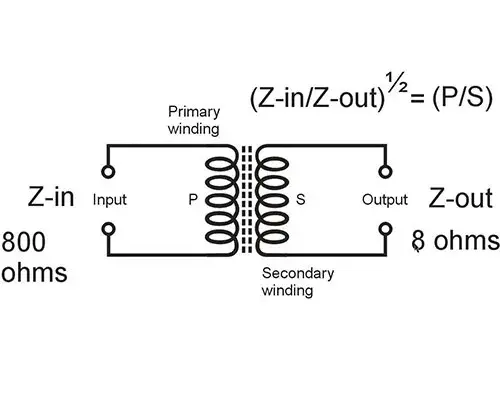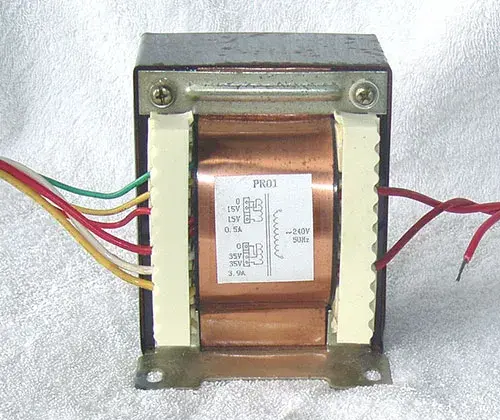
What is audio amplifier transformer?
The audio amplifier transformer is a vital component of the audio system. It provides the necessary conversion function to convert the power input into an output suitable for audio signal amplification. This article will delve into the principles, structure and working principles of audio amplifier transformers, as well as their importance in audio systems.
1. Basic principles of transformers
The audio amplifier transformer is an electronic device that uses the principle of electromagnetic induction to convert the voltage and current of the input alternating current into different voltage and current outputs. It consists of one or more coils coupled together by a magnetic field. Transformers work based on Faraday’s law of electromagnetic induction. When an alternating current passes through the input coil, it produces changes in the magnetic field and induces a corresponding voltage in the output coil.




